Imagine stepping into a space where every detail feels fresh, purposeful, and inspired by the most exciting trends of tomorrow. This room new design guide delivers a step-by-step approach, blending expert insights with actionable strategies to help you transform any room into a modern haven.
Inside, you’ll discover the top 2025 design trends, layout tips, color and material ideas, smart technology solutions, and ways to personalize your space sustainably. Ready to unlock the full potential of your home? Let’s begin your journey to a reimagined, stylish, and functional retreat.
Understanding 2025 Room Design Trends
The landscape of room new design is evolving rapidly for 2025, blending innovation, sustainability, and personalization. Staying ahead of these trends ensures your space feels current and tailored to your lifestyle. Let’s break down the essential elements driving the transformation of interiors in the coming year.
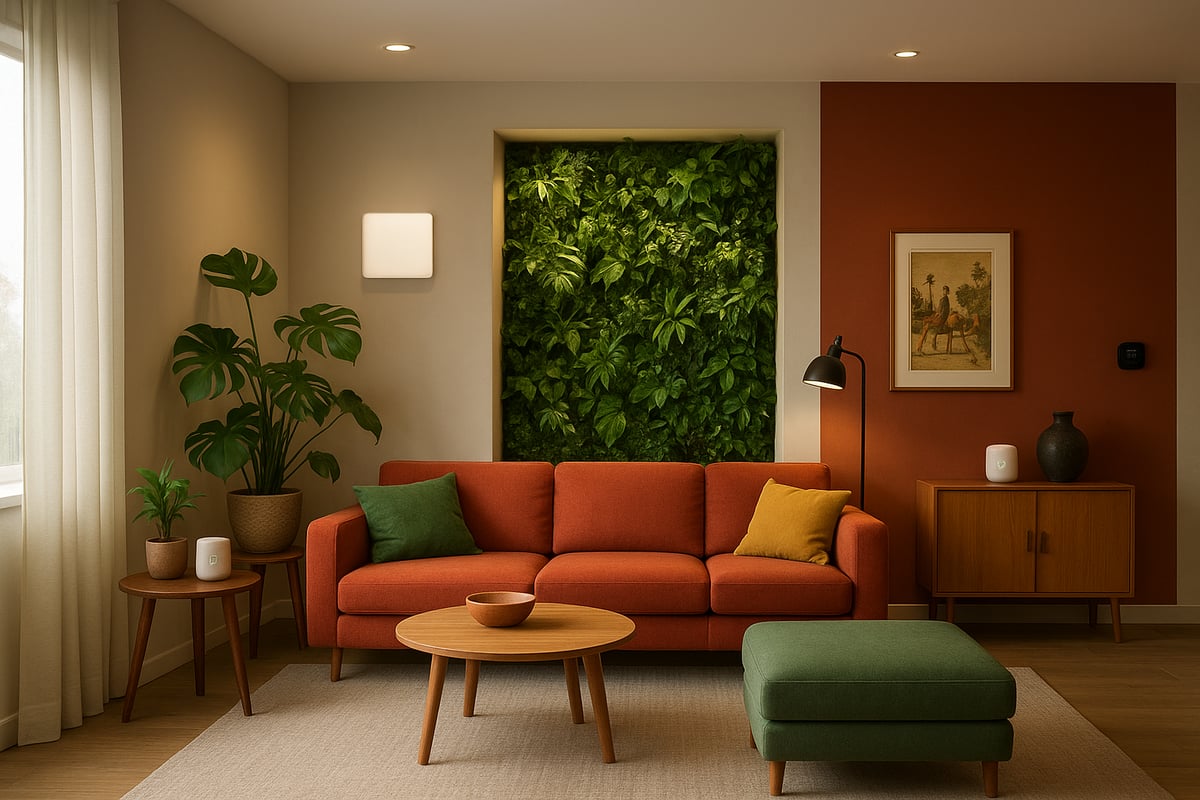
The Rise of Biophilic Design
Biophilic design leads the way in room new design for 2025. Natural elements such as indoor plants, living walls, and organic materials bring the outdoors inside. This approach not only creates visual harmony but also supports health by improving air quality and mental well-being. According to a 2024 Houzz survey, 62% of designers expect biophilic features to dominate interiors, making them a must for modern spaces.
Bold Colors and Statement Palettes
Room new design now embraces vibrant color choices. Earthy greens, deep blues, and warm terracotta are forecasted to be favorites. Color can shape mood and influence how large or cozy a space feels. Pantone’s Color of the Year 2025, Mocha Mousse, sets the tone for bold yet inviting interiors. For more on this influential shade and its impact, see Pantone's 2025 Color of the Year.
Multi-Functional and Modular Spaces
Flexibility defines room new design in 2025. Rooms are no longer single-purpose; instead, they adapt for work, relaxation, and entertainment. Modular furniture and reconfigurable layouts allow easy transitions between activities. A recent HomeAdvisor report found 48% of homeowners plan to invest in multi-use furniture, reflecting the growing need for adaptable, efficient living environments.
Integration of Smart Home Technology
Technology is seamlessly woven into room new design this year. Voice-activated lighting, climate control, and security systems provide both convenience and contemporary style. Devices can be discreetly integrated to maintain the room’s aesthetic while offering enhanced functionality. Smart technology not only future-proofs your space but also elevates daily comfort and efficiency.
Sustainable and Eco-Friendly Materials
Sustainability is at the heart of room new design for 2025. Recycled, upcycled, and locally sourced materials are in high demand. Eco-certifications help consumers identify green products that align with their values. Choosing these materials supports the environment and often results in unique, high-quality finishes that add character and authenticity to any room.
Curated Maximalism and Personalization
Personal expression is celebrated in room new design through curated maximalism. Instead of strict minimalism, homeowners are displaying meaningful collections, mixing textures, and blending vintage with new pieces. This trend encourages individuality, layering patterns, and telling stories through decor. The result is a space that feels uniquely yours, filled with personality and warmth.
Influences from Global Cultures
Room new design in 2025 draws inspiration from around the globe. International motifs, artisanal crafts, and fusion trends like Japanese wabi-sabi paired with Scandinavian hygge create rich, textured environments. Incorporating global elements adds depth and authenticity, allowing your space to reflect a broader cultural appreciation and a worldly perspective.
Step 1: Assess Your Space and Set Your Goals
Redesigning your space starts with a careful assessment. Before you dive into the excitement of a room new design, take a step back to analyze what you have, what you need, and where you want to go. This foundational step ensures your transformation is both stylish and practical.
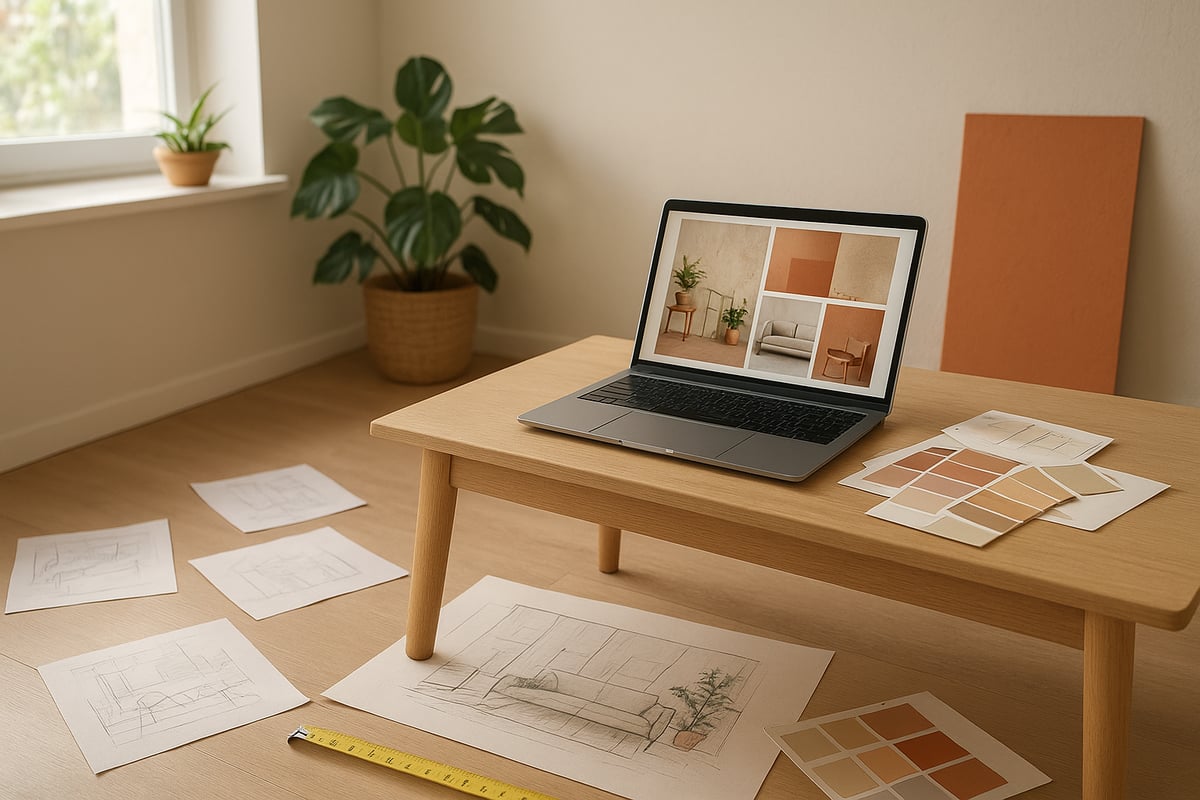
Evaluating Current Room Functionality
Begin by observing how the space is used daily. Is the room cluttered, or do you find certain areas underutilized? Make a list of pain points, such as poor lighting or insufficient storage. This honest evaluation is critical for your room new design, as it highlights what truly needs improvement.
- Note high-traffic vs. quiet zones
- Identify storage gaps
- Assess lighting throughout the day
Defining Your Design Objectives
Clarify what you want from your room new design. Are you seeking greater comfort, improved productivity, or enhanced entertainment? List your needs and wants, then prioritize them. This step ensures your redesign goals match your lifestyle and budget.
Measuring and Mapping the Room
Accurate measurements are the backbone of any room new design. Use a tape measure or a digital tool to record dimensions, including windows and doors. Sketch a simple map or floor plan. This map will guide your furniture selection, layout planning, and ensure nothing is overlooked.
Visualizing the End Result
Bring your ideas to life with mood boards, sketches, or 3D renderings. Visualization helps you see how colors, furniture, and accessories will work together. For inspiration and structure, explore Moodboard Templates for Room Design, which can streamline this creative process.
Budgeting for Your Redesign
Set a realistic budget by researching average costs for paint, furniture, and décor in 2025. Include a buffer for unexpected expenses. Consider:
- Paint and supplies
- Furniture updates
- Smart tech or lighting upgrades
A clear budget keeps your room new design on track and stress-free.
Timeline Planning
Break your project into stages, assigning milestones to each. Allow extra time for ordering and delivery, as well as any DIY projects. This timeline helps prevent delays, ensuring your room new design stays on schedule and within scope.
Involving Household Members
Gather input from everyone using the space. Discuss preferences and priorities to create a harmonious room new design. Balancing different tastes can be challenging, but collaboration leads to a more functional and enjoyable environment for all.
Step 2: Plan Your Layout for Flow and Functionality
A successful room new design starts with a thoughtful layout that brings harmony, efficiency, and style to your space. The right plan transforms not only how a room looks, but also how it feels and functions throughout your daily life.

Zoning Your Space for Multiple Uses
Defining zones within your room new design ensures each activity has its own dedicated space. Consider creating a workspace with a compact desk, a relaxation area with a cozy sofa, and a spot for hobbies or dining.
- Use rugs to visually separate zones.
- Open shelving can act as a gentle divider.
- Lighting changes help distinguish different areas.
Zoning makes your space adaptable, supporting work, leisure, and entertainment without feeling cluttered.
Maximizing Natural Light and Views
Natural light is a key element in any room new design. Arrange your furniture to take advantage of windows and outdoor views, which can make the space feel larger and more inviting.
Strategically placed mirrors amplify light and bring depth to the room. Light, breezy window treatments allow sunlight to filter in while maintaining privacy. Prioritizing daylight can boost mood and energy throughout the day.
Traffic Flow and Accessibility
A smart room new design always considers how people move within the space. Keep pathways clear by leaving at least 3 feet between key furniture pieces. This not only improves movement, but also ensures safety and accessibility for everyone.
If possible, follow universal design guidelines to make your room welcoming to all. Avoid blocking doors, and ensure there are no obstacles in high-traffic areas.
Furniture Placement Principles
Balance is essential for a harmonious room new design. Start with the largest pieces, such as sofas or beds, and work your way outward. Avoid pushing all furniture against the walls, which can make the room feel disconnected.
Mix large and small items to create visual interest. Leave open space in the center or along pathways for a sense of flow. Test different arrangements to see what feels best for your needs.
Storage Solutions That Blend In
Smart storage is a game-changer for room new design. Opt for built-in cabinets, wall-mounted shelves, or multi-functional furniture like ottomans with hidden storage.
- Floating shelves keep floors clear.
- Under-bed drawers maximize unused space.
- Storage benches offer both seating and organization.
Seamless storage keeps your room tidy and stylish, reducing visual clutter.
Flexibility for Future Needs
Your room new design should grow with you. Modular furniture and flexible layouts allow you to reconfigure the space as life changes. Consider pieces that can be expanded, folded, or moved easily.
This adaptability is perfect for accommodating guests, new hobbies, or evolving family needs. Planning for flexibility now saves time and effort later.
Digital Tools for Layout Planning
Leverage technology to perfect your room new design before moving any furniture. Free and paid apps let you create floor plans, experiment with layouts, and visualize finishes.
| Tool | Features | Cost |
|---|---|---|
| Room Planner | 3D visualization, drag-drop | Free/Paid |
| Planner 5D | Realistic renders, easy UI | Free/Paid |
| SketchUp | Advanced modeling | Paid |
For more strategies and inspiration tailored to 2025, visit the Interior Design Guide 2025.
Step 3: Choose Colors, Materials, and Textures
Selecting the right colors, materials, and textures is essential for a successful room new design in 2025. Each choice influences not only the look, but also the comfort and function of your space.
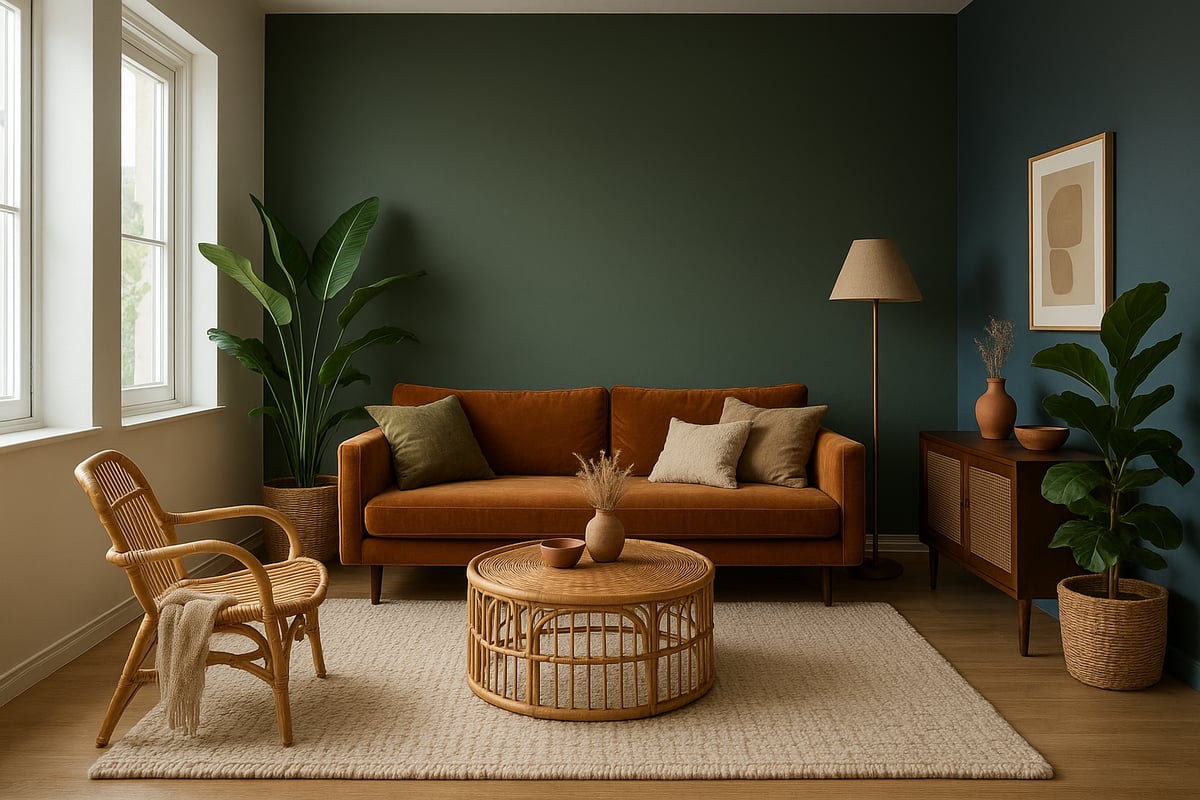
2025 Color Trends and Their Psychological Impact
Color is at the heart of every room new design. The 2025 palette spotlights earthy greens, deep blues, and warm terracotta, which foster balance and creativity. These shades can affect mood—calming blues for rest, energizing greens for productivity.
Pantone’s Color of the Year, Mocha Mousse, is making waves, adding a grounded, sophisticated touch to interiors. Use this color as an accent or main wall shade to create warmth. Experiment with pairing these hues to reflect your personality and the room’s intended use.
Layering Textures for Depth
Texture brings life and depth to a room new design. Combine soft textiles like wool rugs and velvet cushions with hard surfaces such as rattan or reclaimed wood. This contrast creates a dynamic, inviting space.
Try layering throws on sofas, pairing textured drapery with smooth wall finishes, or introducing tactile art pieces. These elements engage the senses and elevate comfort, making your room feel unique and thoughtful.
Selecting Sustainable Materials
Sustainability is a leading principle in room new design. Opt for bamboo, reclaimed wood, or recycled metals when choosing furniture and decor. These materials are not only eco-friendly but also versatile and durable.
Look for certifications such as FSC for wood or GRS for recycled textiles. Choosing local or upcycled pieces reduces environmental impact, supporting both global and community well-being.
Mixing Old and New
Blending vintage finds with modern pieces adds character to a room new design. An antique mirror above a sleek console table or retro chairs with contemporary lighting can create a curated, personal look.
This approach honors the past while embracing current trends. Search for unique items at flea markets or online marketplaces, then pair them with streamlined, updated furnishings for a harmonious effect.
Accent Walls and Artistic Features
Accent walls and artistic details personalize your room new design. Bold wallpaper, murals, or textured paint techniques can serve as focal points. These features add energy and style without overwhelming the space.
Decide between DIY or professional installation based on the complexity of your vision. Both approaches can yield striking results, especially when you coordinate colors and patterns thoughtfully.
Flooring Options for Every Lifestyle
The right flooring forms the foundation of any room new design. Here’s a quick comparison:
| Option | Pros | Cons |
|---|---|---|
| Hardwood | Durable, timeless, easy to clean | Costly, can scratch |
| Cork | Eco-friendly, soft, sound-absorb | Not water-resistant |
| Luxury Vinyl Tile | Affordable, water-resistant | Less natural appeal |
Choose based on your needs, traffic, and maintenance preferences.
Coordinating with Existing Elements
A successful room new design harmonizes new choices with what you already own. Assess current colors, finishes, and patterns before making changes.
Blend new materials and accents in a way that complements existing decor. Avoid clashing by sticking to a cohesive color scheme and layering similar textures for a balanced, inviting result.
Step 4: Integrate Smart Technology and Sustainable Solutions
Redesigning your space for 2025 means weaving together innovation and environmental responsibility. The room new design approach centers on smart technology and eco-friendly solutions, ensuring your space is both future-ready and conscious of its footprint.
Smart Lighting and Climate Control
Efficient lighting and climate systems are at the heart of any room new design. Programmable lighting, such as dimmable LEDs and sensor-activated fixtures, allows you to customize ambiance and reduce energy use. Smart thermostats learn your routines and adjust room temperature for comfort and savings. According to Energy Star, adopting these solutions can cut utility costs significantly. To explore options that bring both style and intelligence to your space, consider browsing Lighting Solutions for Modern Rooms.
Voice Assistants and Connected Devices
Integrating voice assistants like Alexa, Google Home, or Apple HomeKit elevates the room new design experience. These platforms let you control lighting, music, and appliances with simple commands. Prioritize devices with robust privacy settings and secure connections. A seamless setup ensures your technology enhances daily routines without cluttering aesthetics or compromising security.
Energy-Efficient Appliances and Fixtures
Selecting energy-efficient appliances is crucial for a sustainable room new design. Choose LED bulbs, low-flow faucets, and Energy Star-rated HVAC systems to minimize consumption. Many regions offer rebates on these upgrades, making eco-friendly choices more accessible. Track your monthly savings and environmental impact for tangible results.
Home Automation for Comfort and Safety
Home automation takes room new design further by combining convenience and security. Automated blinds adjust to sunlight, smart locks provide keyless entry, and security cameras offer peace of mind. Studies show that smart home systems can also boost property value, making them a wise investment for the long term.
Incorporating Renewable Energy
If your room new design allows, integrate renewable energy solutions like solar panels or plug-in battery storage. These options are increasingly feasible for both houses and apartments. Assess your space and consult professionals to determine the best fit for your needs and location.
Sustainable Decor and Furnishings
Sustainability extends to the decor in your room new design. Opt for upcycled furniture, handcrafted items, and locally sourced materials. The demand for artisan-made home goods continues to grow, reflecting a desire for unique, environmentally friendly interiors.
Monitoring and Reducing Environmental Impact
Smart sensors and dedicated apps help track water and energy usage in your room new design. These tools provide actionable insights, allowing you to make informed adjustments. Setting weekly or monthly sustainability goals keeps you motivated and ensures your efforts have a lasting impact.
Step 5: Personalize and Style Your Room
Personalizing your space is where the magic of room new design truly comes to life. This step is about making your room a reflection of who you are, blending function with personal flair. With the right touches, any space can become a sanctuary tailored to your tastes and stories.
Curating Decor for Meaning and Storytelling
Start by curating decor that tells your unique story. Display travel souvenirs, family heirlooms, or your own artwork. Gallery walls are a popular way to narrate your journey — arrange photos, prints, and mementos in creative clusters.
Consider grouping items by theme or color for harmony. In 2025, room new design emphasizes authenticity and personal history. Choose decor that sparks memories and conversations, making your space feel truly yours.
Layering Lighting for Ambiance
Lighting is a powerful tool in room new design. Combine overhead lighting with task and accent lights to create mood and functionality. Dimmable fixtures allow you to adjust the atmosphere for different activities, from work to relaxation.
Try layering table lamps, wall sconces, and LED strips. This not only brightens the space but also adds depth and warmth. For a cozy effect, use warm bulbs and mix in decorative fixtures that match your style.
Mixing Patterns and Prints Confidently
Express your personality by mixing patterns and prints. In room new design, balance is key. Pair bold motifs with subtle neutrals to avoid overwhelming the space. For example, combine a geometric rug with floral cushions or striped curtains.
Stick to a cohesive color palette to tie patterns together. Start with one statement piece, then layer in smaller accents. Experiment with textures, such as velvet, linen, or rattan, for added interest.
Displaying Books, Plants, and Collections
Open shelving and creative displays are trending in room new design. Show off your favorite books, lush plants, or treasured collections in an organized way. Use trays, baskets, or stands to keep displays tidy and visually appealing.
For a biophilic touch, incorporate indoor greenery or living walls. Explore the Biophilic Room Ideas Collection for inspiration on integrating nature into your decor, which also supports well-being and aligns with 2025 trends.
Seasonal and Flexible Styling
Refresh your room new design throughout the year by swapping decor for different seasons or occasions. Try removable wallpaper, slipcovers, or interchangeable art to keep things dynamic without major changes.
Use lightweight curtains in summer and layer cozy throws in winter. Small adjustments help your room feel fresh and adaptable, matching your mood and the season.
DIY Projects for a Custom Touch
Add a personal stamp with DIY projects. Paint planters, sew custom cushions, or upcycle old furniture. These hands-on touches not only save money but also make your room new design one of a kind.
Look for online tutorials or workshops to inspire creativity. Handmade pieces often become conversation starters and add unique character to your space.
Incorporating Artisanal and Handmade Pieces
Support local makers by including artisanal decor in your room new design. Think handwoven baskets, ceramic vases, or custom textiles. These items often feature natural materials and traditional techniques, adding warmth and texture.
Mix vintage finds with new pieces for a collected, layered look. This curated maximalism is a defining feature of 2025 interiors, celebrating both craftsmanship and individuality.
Expert Resources and Tools for Room Design Success
Finding the right tools and expert guidance can make any room new design project more efficient and rewarding. With so many resources available in 2025, knowing where to start is key for a seamless transformation.
Online Design Platforms and Inspiration Sources
Kick off your room new design journey by exploring leading online platforms. Websites like Houzz and Pinterest offer endless galleries and mood boards, helping you identify your preferred style. Social media channels such as Instagram highlight trending aesthetics and real-life makeovers. For a detailed look at what’s shaping interiors, the 2025 Home Decor Trends article provides expert insights into emerging styles, biophilic elements, and smart technology integration.
Professional vs. DIY: When to Hire Help
Deciding between a DIY approach or professional assistance is crucial for any room new design. Professionals like interior designers bring expertise in spatial planning, materials, and project management. Hiring help may be ideal for large-scale remodels or complex layouts. However, if you enjoy hands-on creativity, many tools and resources support successful DIY projects. Weighing cost, time, and project goals will guide your decision.
Craft’n Build Design Co.: Accelerate Your Design Journey
For those seeking ready-to-use solutions, Craft’n Build Design Co. stands out in the room new design landscape. Their platform offers 3D models, design templates, and online courses, making it easier to visualize and execute your ideas. Whether you are a beginner or a seasoned designer, their flexible, self-paced learning supports skill development. Custom sourcing and a global community further enrich the creative experience.
Essential Design Tools and Apps
Digital tools streamline every step of the room new design process. Top-rated apps like SketchUp, Roomstyler, and Homestyler allow you to create floor plans, experiment with layouts, and preview color schemes. Many applications offer drag-and-drop features, 3D visualization, and compatibility across devices. Comparing app features, such as free trials or advanced rendering, helps you select the best fit for your workflow.
Continuing Education and Skill Building
Staying updated with trends and techniques is vital for ongoing room new design success. Online courses, industry workshops, and certifications strengthen both foundational and advanced skills. Many platforms offer flexible, on-demand learning, making it convenient to fit education into a busy schedule. Investing in your knowledge ensures you remain confident and creative as styles evolve.
Community Forums and Support Networks
Engaging with design communities provides invaluable feedback and encouragement. Forums and social media groups connect you with both experts and peers in the room new design field. Sharing project photos, asking questions, and participating in challenges can spark new ideas. These networks foster collaboration, making your design journey more interactive and enjoyable.
Now that you’ve explored the essential steps to transform your space for 2025—from understanding the latest trends to planning layouts and choosing materials—you might feel inspired to take your vision even further. If you’re ready to apply these insights and unlock new skills, why not dive deeper into the world of interior design itself? With expert guidance, practical resources, and flexible learning, you can confidently turn your ideas into reality. Whether updating a single room or reimagining your entire home, you can start building your foundation today with Get started with Interior Design.




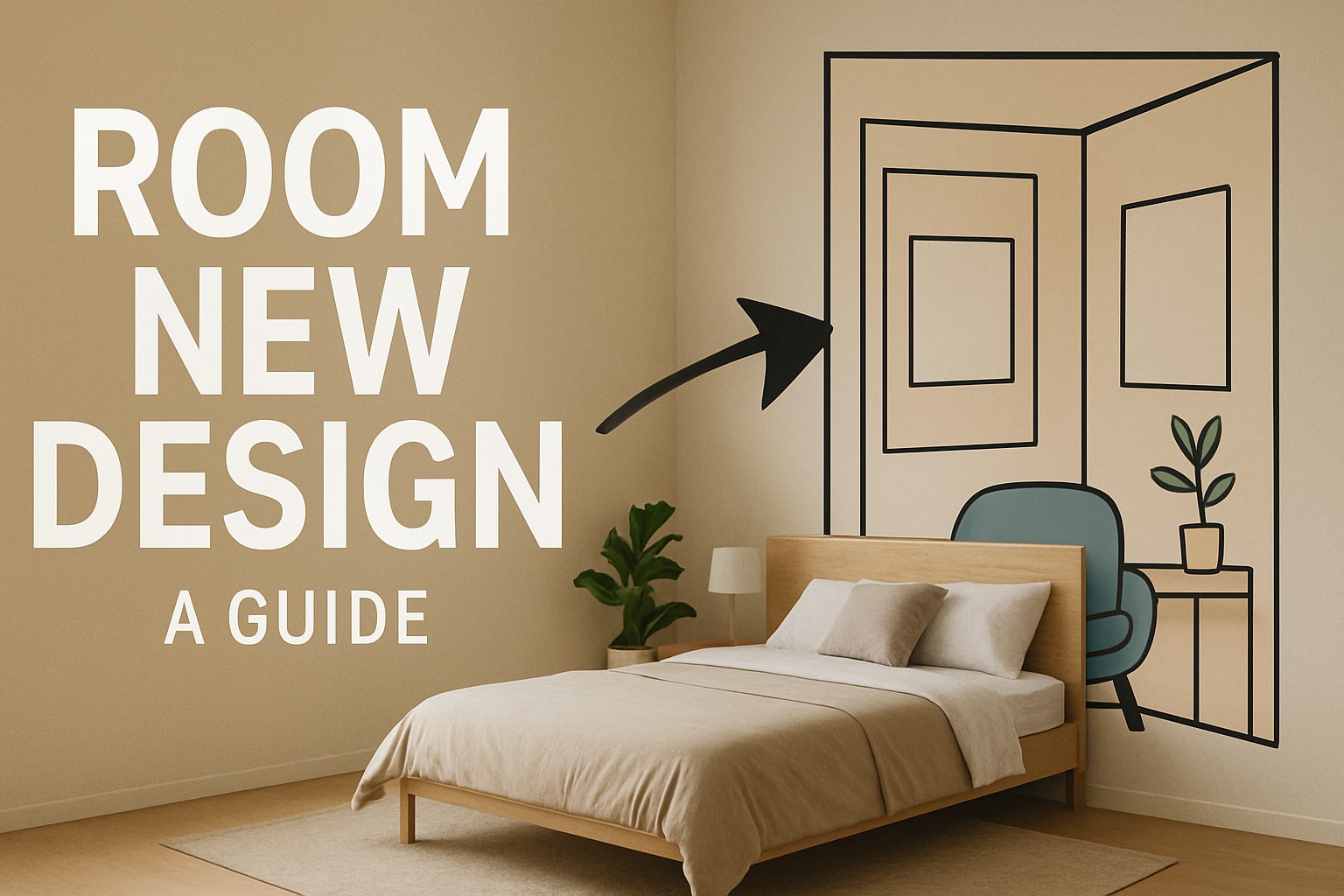
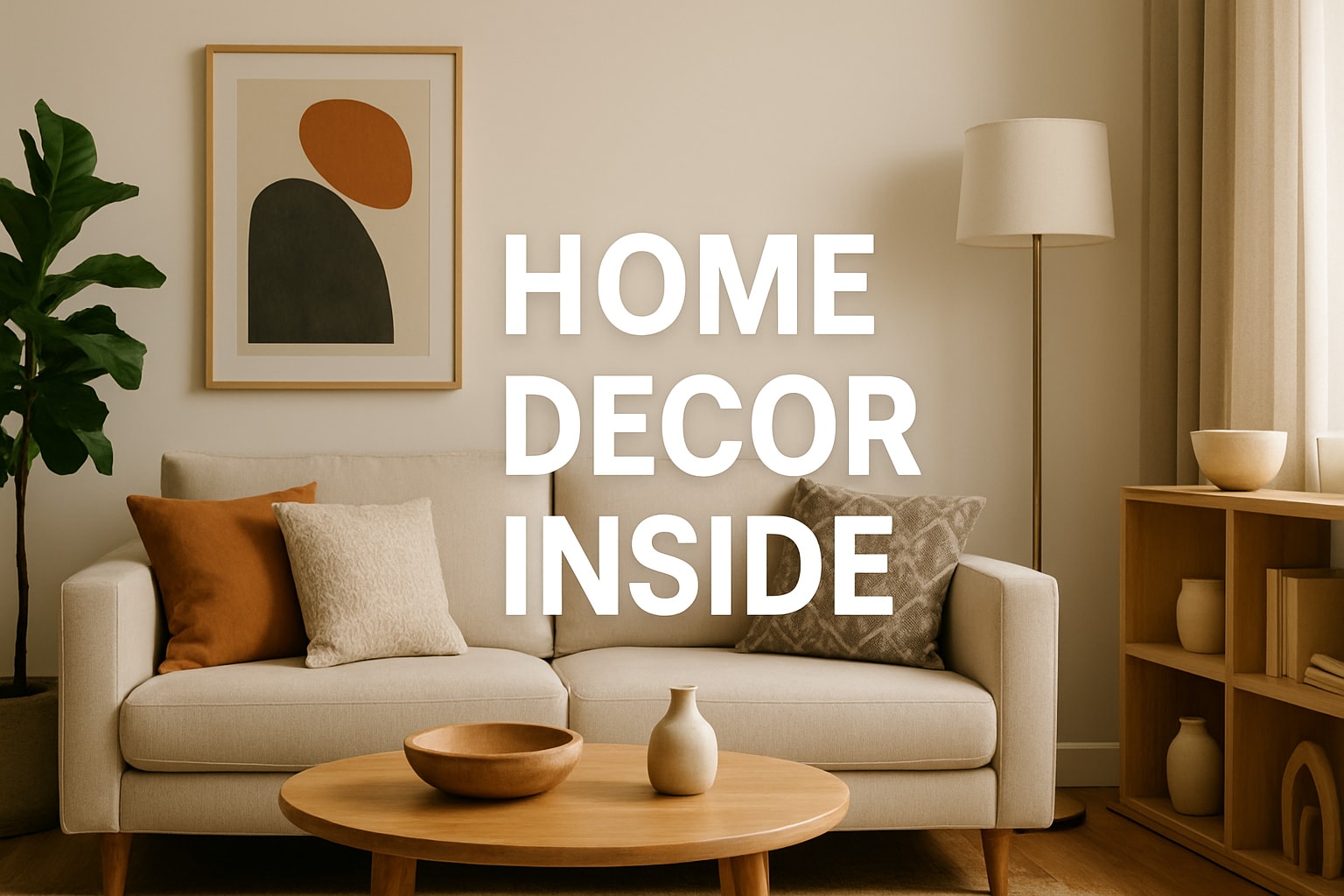
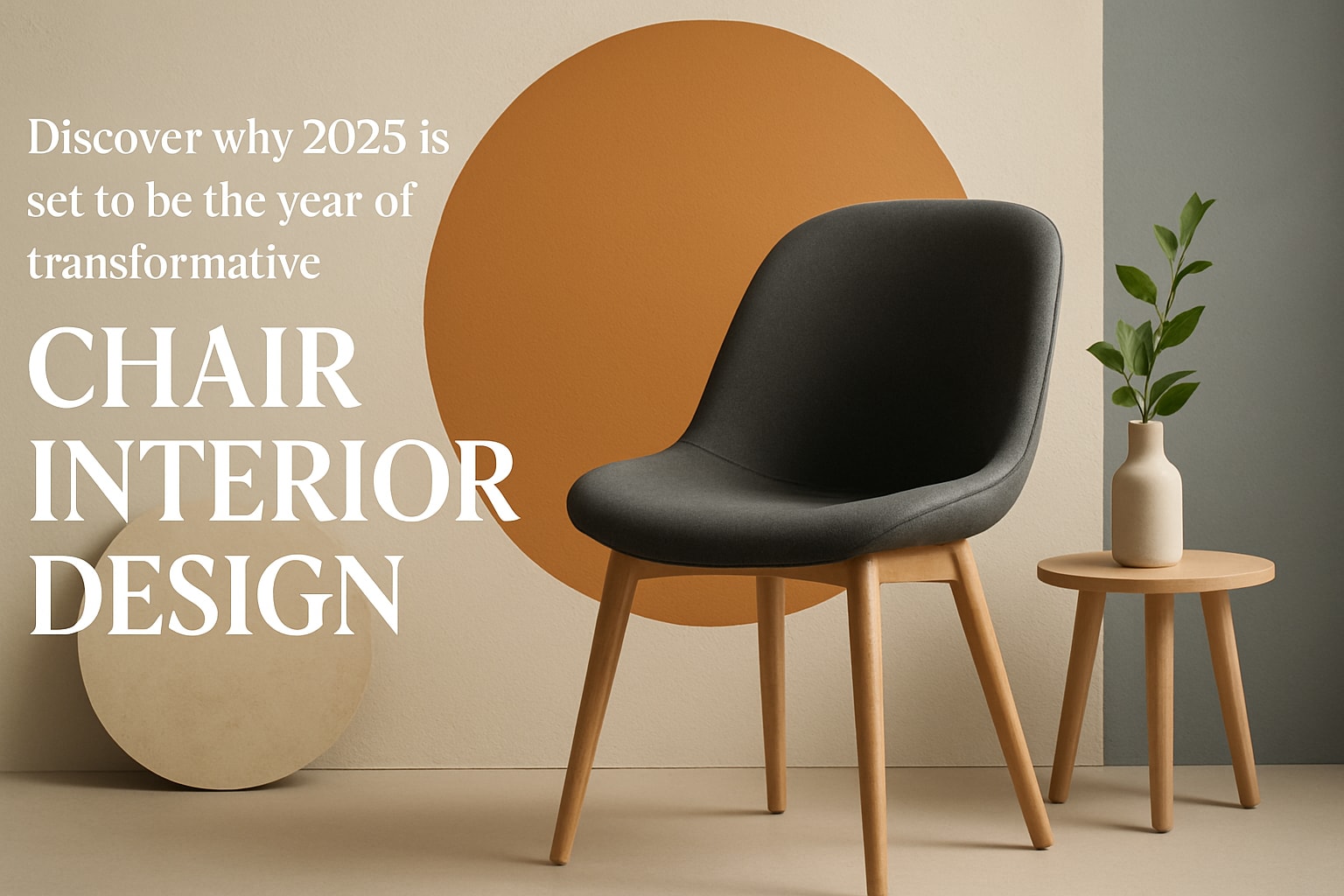
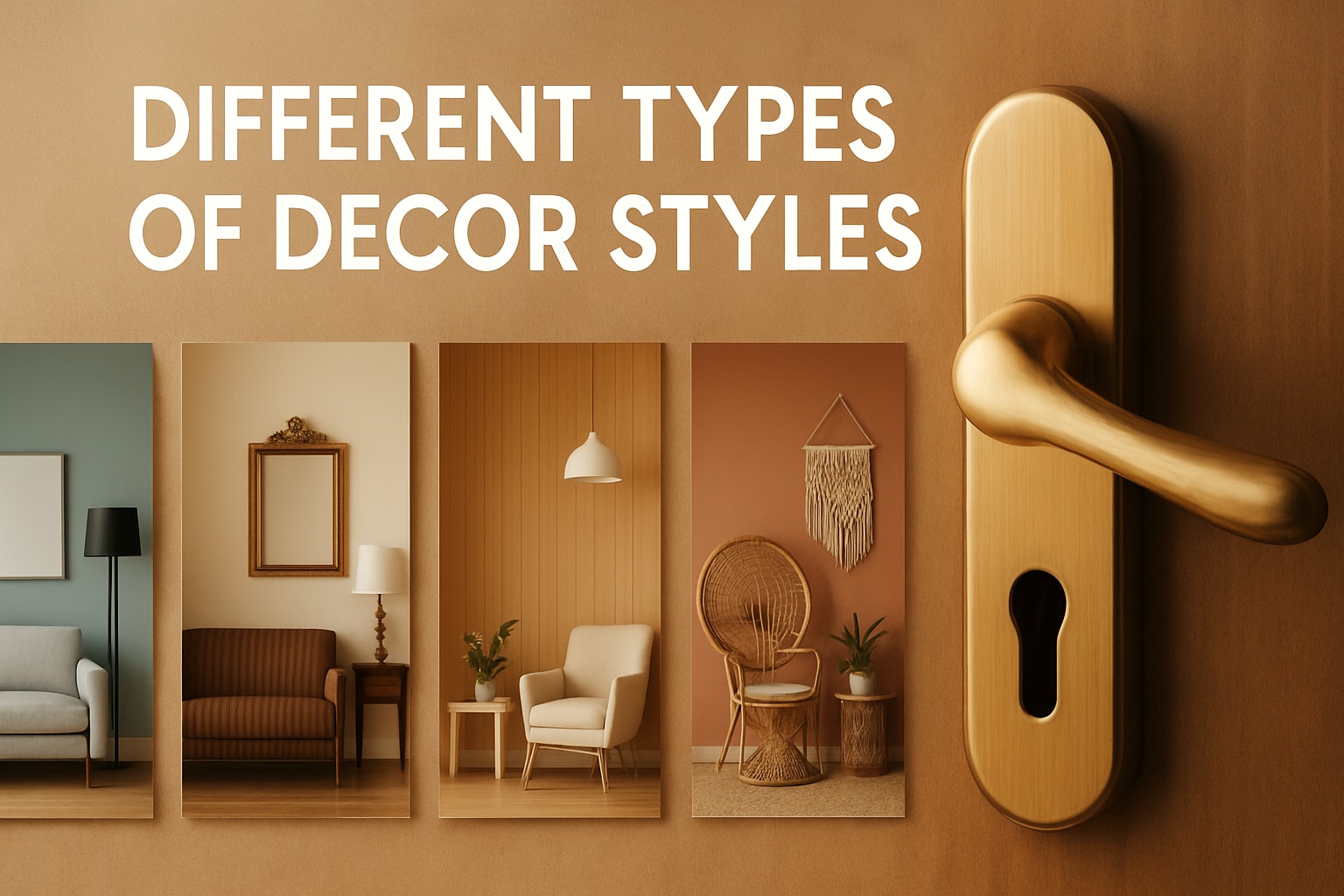
Share:
Stylish Home Wooden Ideas to Transform Your Space in 2025
Inside Room Design Guide: Your Essential Handbook 2025